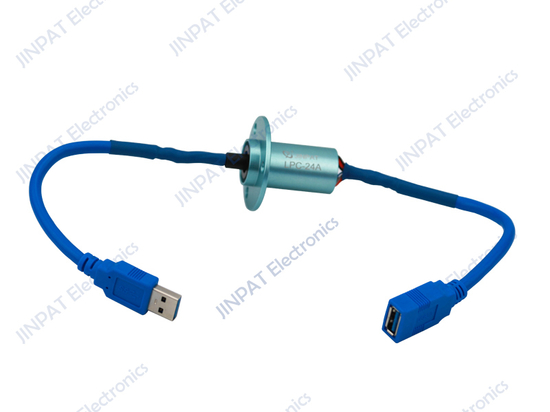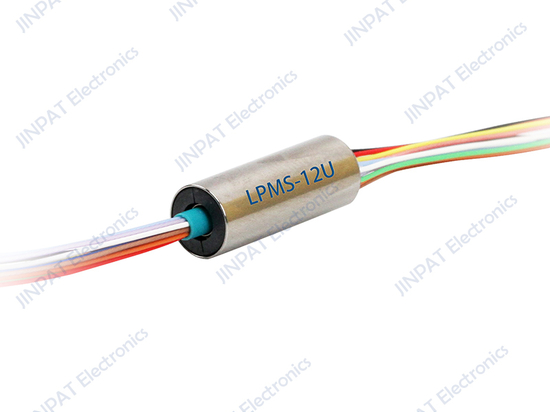
#Product Trends
Introduction to the Sliding Ring of the Ultramicro Platform Inertial Navigation System Series
Introduction to the Sliding Ring of the Ultramicro Platform Inertial Navigation System Series
As an important navigation method, inertial navigation systems have been widely used because they are not affected by external factors. They have appeared in various types of vehicles, ships, aircraft, missiles and other equipment and equipment. As a precision electromechanical device, some inertial navigation systems also have slip rings. The reason why there are some is because inertial navigation systems can be divided into two types: one is platform type, and the other is strapdown type. Strapdown inertial navigation systems occupy very little space and can be directly installed on equipment without the need for sliding rings. Platform type inertial navigation systems have independent computing units and are connected to rotating accelerometers and gyroscopes, so they must rely on slip rings to transmit data.
The slip rings developed by JINPAT for inertial navigation systems are mostly small multi-channel ultra micro slip rings, and there are also large capsule hollow axis inertial navigation system slip rings, but the models are relatively few. Next, we will introduce several ultra micro slip rings developed by JINPAT for inertial navigation systems. Let's take a look at the most compact LPMS-44S, which has a diameter of only 26mm and a length of only 22.2mm. It has 44 channels and is suitable for small platform inertial navigation systems. Due to its compact size, these small platform inertial navigation systems are commonly used on various vehicles and missiles.
Compared to the LPMS-44S, the remaining LPMS-60S and LPMS-80S have significantly more channels. However, although these two models of slip rings have increased the number of channels, their volume has not significantly increased. For example, the LPMS-60S has some reduction in radial size, with a diameter of only 12.7mm. Although this slip ring has further reduced its diameter on the basis of LPMS-44S, its stator length has reached 50.5mm, which is almost the same as the 50.8mm length of LPMS-80S.
Although the LPMS-60S and LPMS-80S have slight differences in size compared to the LPMS-44S, these two channels have more slip rings and are more accurately controlled in weight. The weight of the LPMS-60S is less than 70 grams, while the weight of the LPMS-80S is less than 90 grams. These slip rings with more channels support inertial navigation systems with stronger computing power and larger volume, and are commonly found in various types of helicopters and medium to large fixed wing aircraft.







